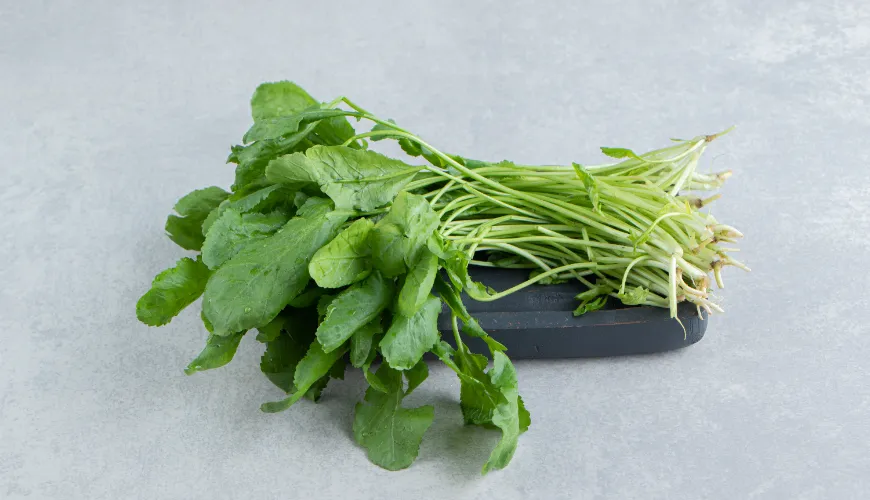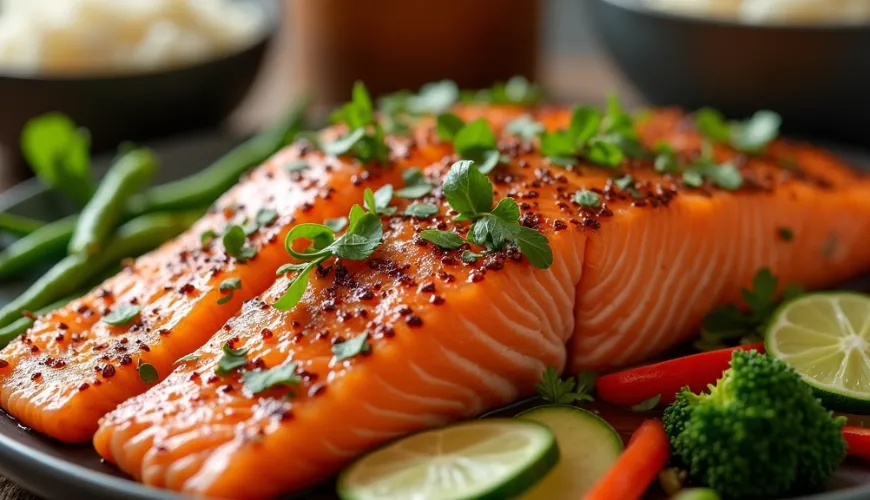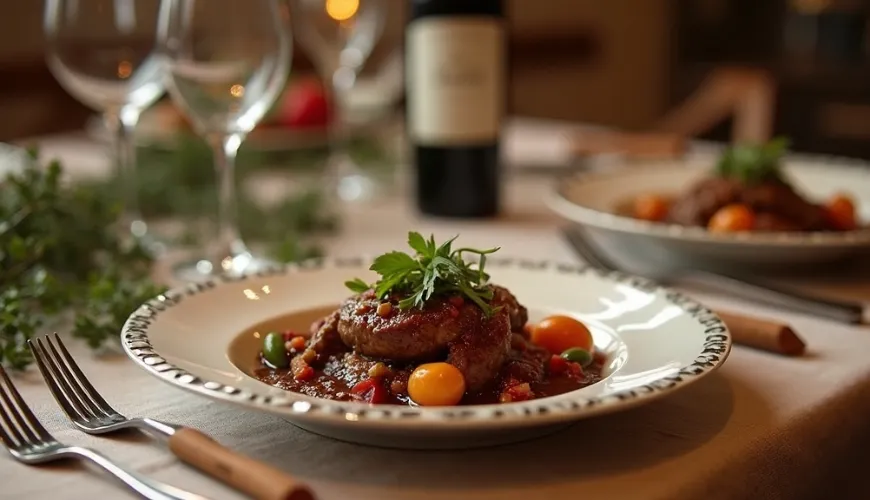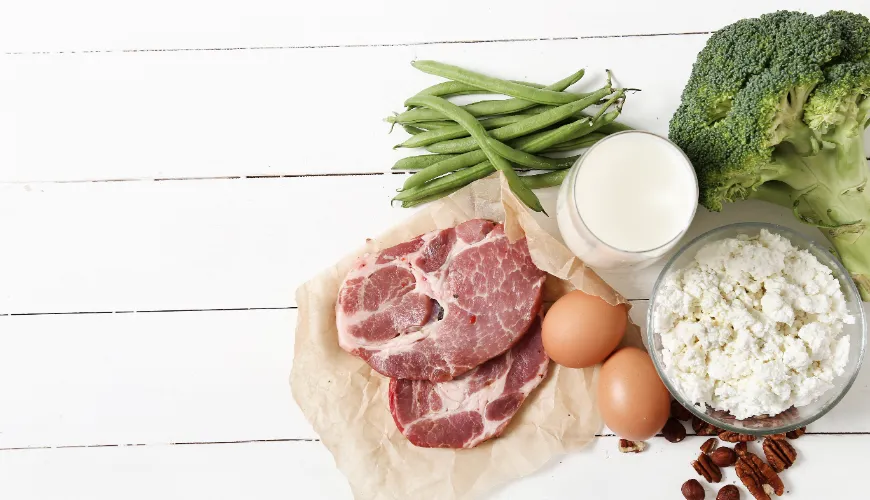
How to Season Salmon to Make It the Star of Your Table

How to Best Season Salmon?
Salmon is one of the most popular fish on Czech and global plates—and it's no wonder. Its tender flesh, which literally melts in the mouth, contains quality proteins, omega-3 fatty acids, and a whole range of important nutrients. Yet, many ask how to properly season salmon to enhance its flavor, keep it juicy, and make it a worthy centerpiece of both a healthy and festive meal.
The answer is not as simple as it might seem. Salmon is unique precisely because of its simplicity—it doesn't need complex marinades or overly spiced mixtures. Just a little, but the right kind. In the following lines, we'll look at various ways to best season salmon, whether you're preparing it on a pan, in the oven, or on the grill.
Scandinavian Simplicity: Lemon, Dill, and Salt
Scandinavians are very close to salmon—not just geographically, but also culinarily. Their approach to this fish is straightforward and elegant. They most often season salmon with fresh lemon, sea salt, black pepper, and dill. This combination lets the natural buttery taste of the fish flesh shine.
Lemon adds freshness and a gentle acidity that balances the richer texture of salmon. Dill brings a specific aroma that beautifully complements the fish. If you use lemon zest instead of juice, you'll achieve an even more subtle aroma.
Example from the kitchen: for a simple dinner preparation, simply brush salmon slices with olive oil, sprinkle with salt, pepper, and chopped fresh dill. Before serving, add a bit of lemon juice and serve with roasted potatoes or a vegetable salad. The result? Maximum flavor with minimal effort.
Oriental Inspiration: Ginger, Soy Sauce, and Sesame
If you're craving something exotic, try an Asian marinade. Finely grated fresh ginger, quality soy sauce, garlic, a drop of sesame oil, and a bit of maple syrup create a harmony of sweet, salty, and spicy flavors. Marinated salmon in this mixture only needs to rest for 20 minutes before baking or grilling.
This combination is especially great for lovers of umami flavors, which are typical of Asian cuisine. The salmon thus gains a rich, almost caramel flavor. It is recommended to serve it with jasmine rice or wok vegetables.
Fun fact: In Japan, salmon is often served raw as part of sushi or sashimi, but when cooked, it's often marinated in soy and mirin sauces. Ginger also has antibacterial properties and naturally supports digestion.
Combination with Honey and Mustard? Yes, Please.
One of the unexpectedly delicious combinations is a honey-mustard glaze. The sweetness of honey, the sharpness of Dijon mustard, and a drop of lemon juice create a perfect contrast to the buttery fish meat. This mixture just needs to be spread on the salmon right before baking.
The result is a gentle crust that caramelizes during baking and adds another flavor dimension to the fish. This preparation is especially suited for baking in the oven at a higher temperature, ideally around 200°C for 12–15 minutes.
Serving tip: Combine salmon prepared this way with roasted pumpkin, sweet potatoes, or celery puree. The gently sweet undertone of root vegetables elegantly ties into the flavor of the honey-mustard glaze.
Classic with a Modern Twist - Herbs, Garlic, and Olive Oil
For lovers of traditional flavors, there's herb butter or marinade from olive oil, garlic, thyme, rosemary, and parsley. This mixture not only smells amazing but also penetrates the meat well if applied to the salmon at least 30 minutes before cooking.
You can use both fresh and dried herbs, but always remember that less is more. Don't overwhelm the salmon with a mixture of ten different spices—instead, choose two to three herbs that you like and that complement each other.
An example is the combination of rosemary and lemon zest, which smells wonderful and adds a Mediterranean touch. If you additionally use homemade herb butter, the salmon will remain juicy even when baked in the oven or on a pan.
How to Properly Cook Salmon to Enhance Its Flavor?
Seasoning is one thing, but proper cooking is another—and equally important. Overcooking or over-frying will result in dry, crumbly salmon. Ideally, it should be lightly golden on the outside, but still juicy and tender inside. Using foil or parchment paper helps retain moisture and prevents drying out.
More experienced cooks can prepare salmon using the sous-vide method, slow cooking in a vacuum at low temperature, but great results can also be achieved simply on a pan. The key is a sufficiently heated pan and a short cooking time—about 2–3 minutes on each side depending on the thickness of the fillet.
Vegetarian Option? Not Quite...
Interestingly, more and more people are looking for plant-based alternatives to fish, not only for ethical but also ecological reasons. The market today offers salmon substitutes based on seaweed, tofu, or other plant proteins that visually and taste-wise try to mimic the original.
These products also require proper seasoning. Ginger, lemon, dill, or garlic marinade works well with them too. The advantage is that plant-based "fillets" often absorb flavor more intensely than the fish itself, allowing for experimentation without fear.
Common Mistakes in Salmon Seasoning
When seasoning salmon, several common mistakes can be made. The first is using too strong or heavy spices that overpower the delicate taste of the fish. The second is marinating for too long in acidic mixtures—for example, if you leave salmon in lemon juice for several hours, it will start to "cook," and the flesh will become too tough.
The third common mistake is adding salt only after cooking. Salt should be part of the seasoning before cooking because it helps retain water in the meat and enhances the natural flavor. The fourth mistake is underestimating the quality of ingredients—a salmon from a farm full of antibiotics and hormones will not taste the same as a quality fish from the wild or organic farming. If possible, choose fish certified for sustainable fishing, such as MSC or ASC.
Chef Gordon Ramsay's quote sums it up precisely: "When you have a quality ingredient, the greatest skill is not to spoil it."
Inspiration from Different Parts of the World
Every culture has adapted salmon to its tastes. In Italy, it is often served with white wine, herbs, and tomatoes; in France, tarragon and crème fraîche are used, while in Mexico, avocado, lime, and chili are added. In the Nordic countries, salmon is made into gravlax—marinated salmon in salt, sugar, and dill served cold.
Such inspirations prove that there are countless possibilities for how to season salmon. Everyone can find their favorite variant—from mild and fresh to spicy and bold. Most importantly, the food should be in harmony not only with taste but also with respect for nature and health.
Salmon is not only a culinary experience but also a path to more sustainable and healthier eating. And if you find the right combination of flavors, it will become a regular guest at your table.

